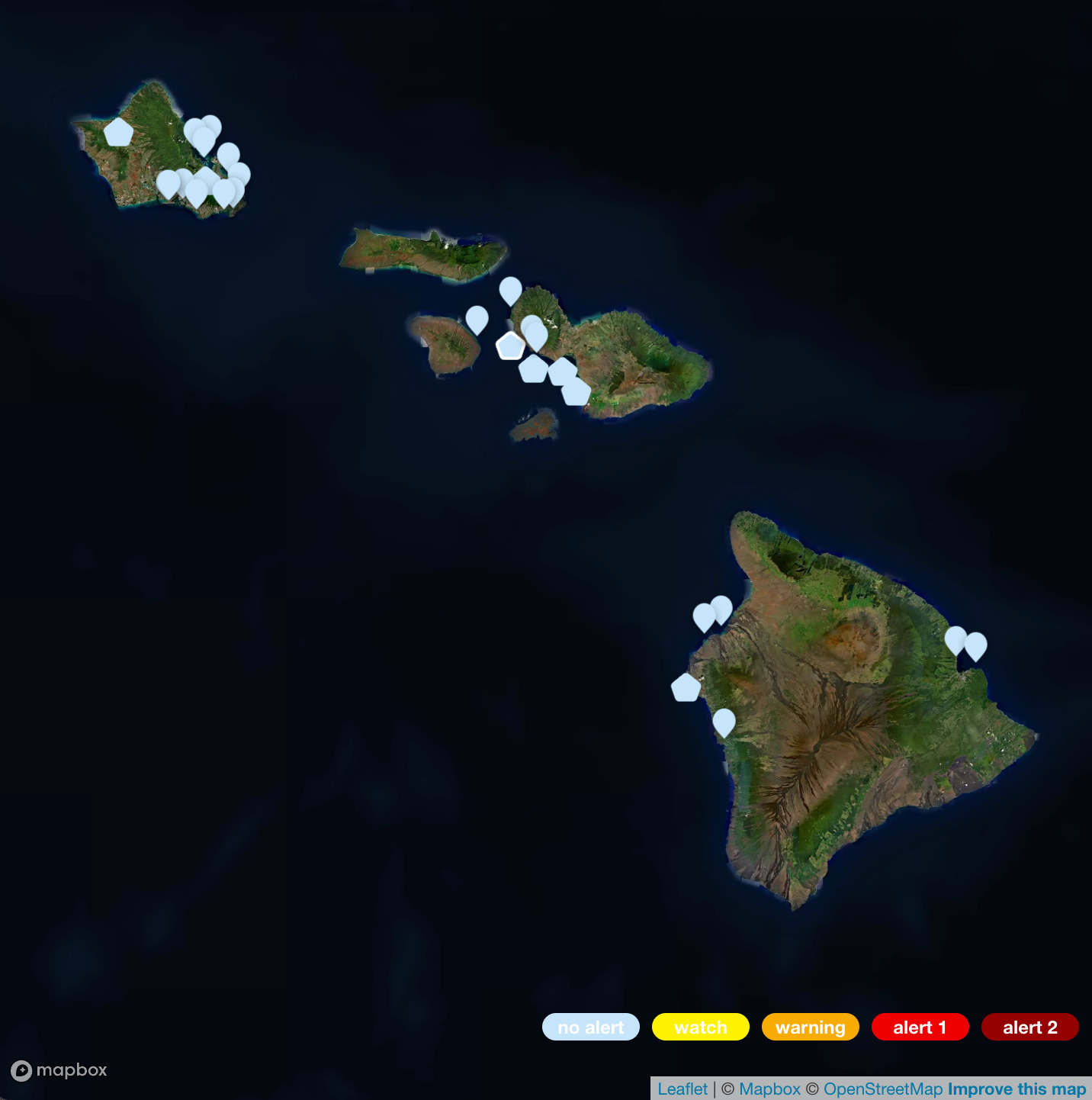You probably know that coral reefs worldwide are facing a crisis. Corals are animals that are susceptible to temperature extremes. If the temperature increases by just one degree Celsius compared to the temperatures they are used to, they start to suffer heat stress and can begin to bleach. If the temperatures remain high, they will die. When the coral dies, the entire ecosystem of the reef collapses. In today’s warming ocean, temperature and chemistry are changing, and we are starting to see the effects ripple through all ocean life, not only coral reefs. Aqualink was started to help scientists get better information about how temperatures are changing on coral reefs worldwide. To know where and when heat stress in the ocean will occur, to be able to predict these changes, we need to measure it in real-time. Aqualink is a philanthropic engineering organization working on building ocean conservation technology. They donate Aqualink buoys to volunteer organizations, like MNMRC, that take ownership of the system and are responsible for the management and maintenance of their buoys. Aqualink provides continued support by donating satellite communication services to relay real-time information and provides a web interface to display that information.
Currently, MNMRC manages three buoys on Maui:
https://aqualink.org/sites/2188 Kalama
https://aqualink.org/sites/2185 Ma’alaea
https://aqualink.org/sites/1868 Olowalu
Also, the Kohala Film Project manages a fourth buoy:
https://aqualink.org/sites/1112 Lahaina

Map of Aqualink buoys in Hawai’i with pentagonal markers indicating live buoys and drop-shaped markers showing planned deployments.
The MNMRC scientific diving program supports this program by maintaining the buoys and conducting periodic monitoring surveys at the sites. The overall intent is to correlate surface temperatures that satellites can detect, along with bottom temperatures and on-the-ground observations of coral health. This will improve bleaching models to be better able to predict bleaching events and can give resource managers the ability to decide on management actions to help mitigate bleaching and its effects.

In addition to the scientific data provided to support the vision of better global bleaching detection and prediction, MNMRC hopes that these buoys will provide helpful information to the local community and other stakeholders. The Pacific Islands Ocean Observation System has expressed interest in using these additional data to improve their modeling of coastal hazards for Maui. Anyone going out on the ocean in these areas will now be able to get near real-time information about sea temperature, waves (height, period, and direction), and wind (speed and direction).


